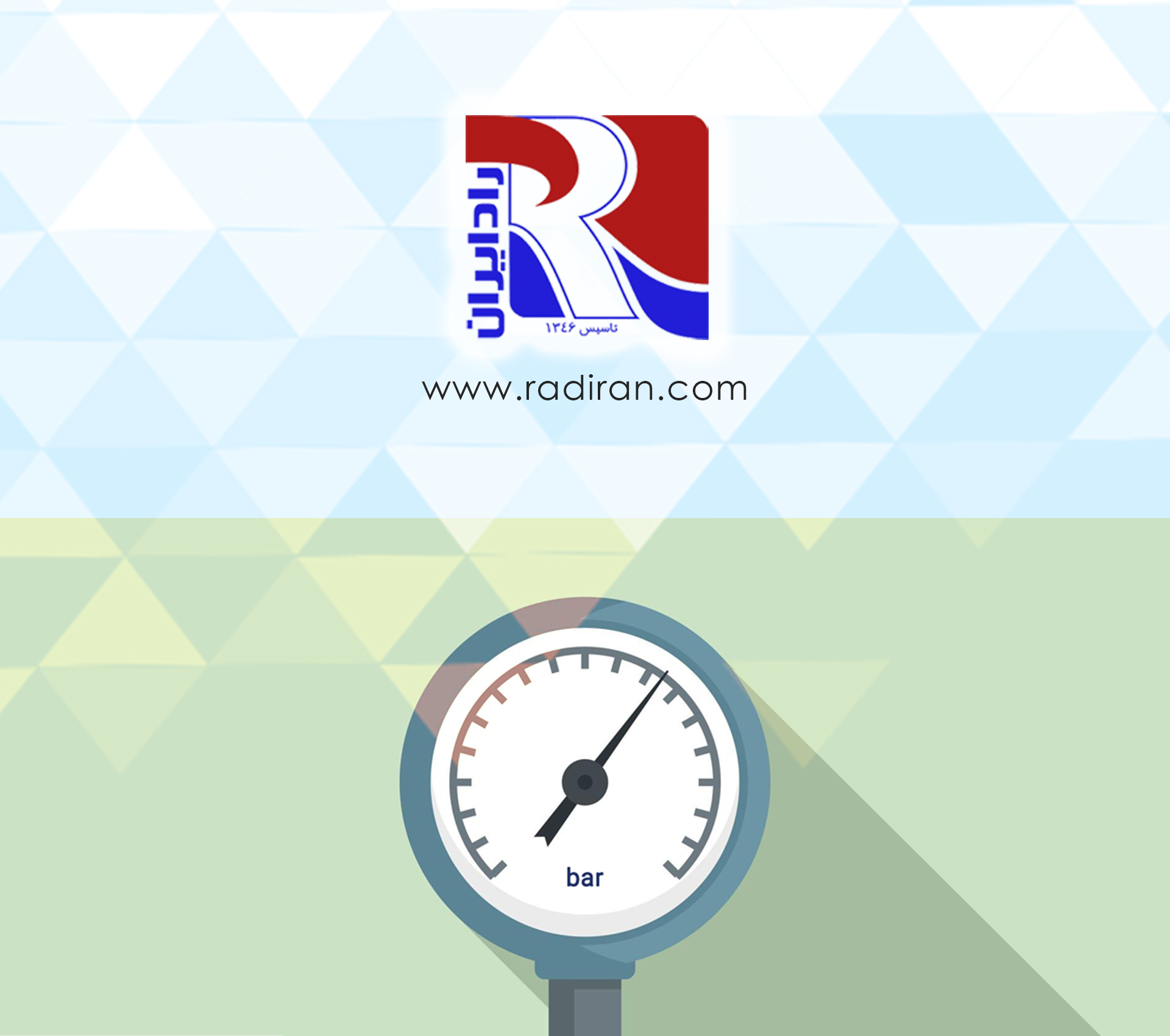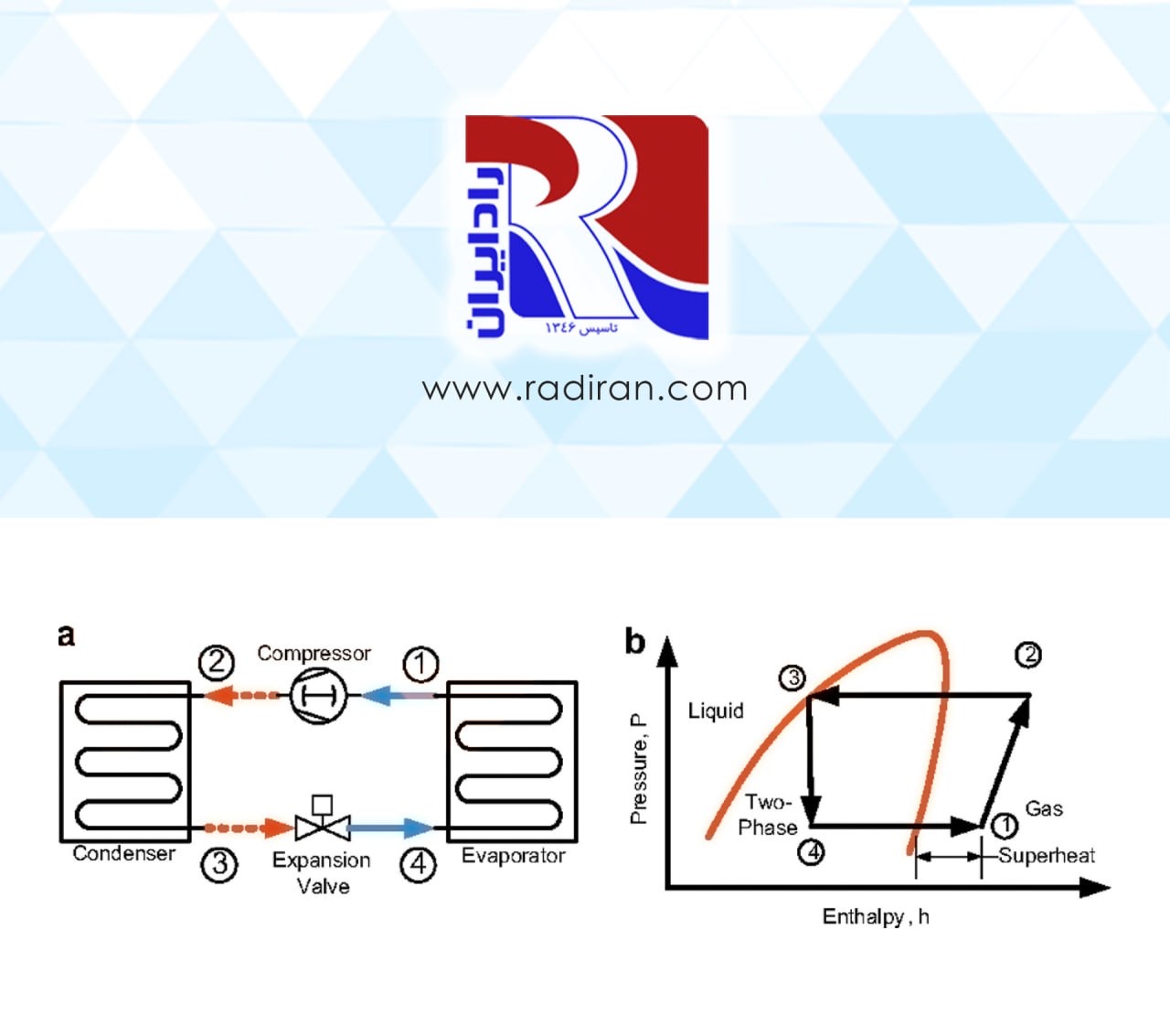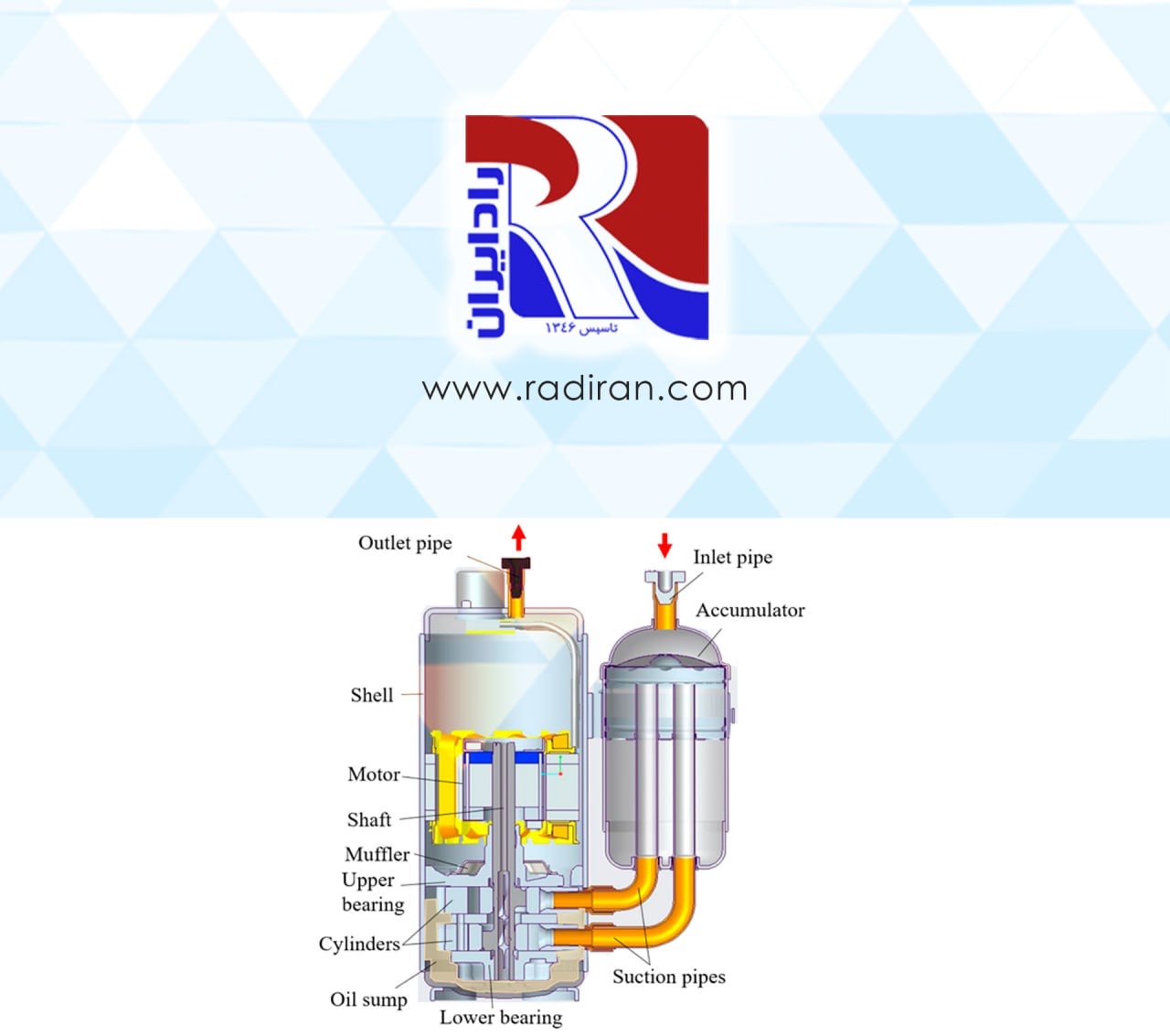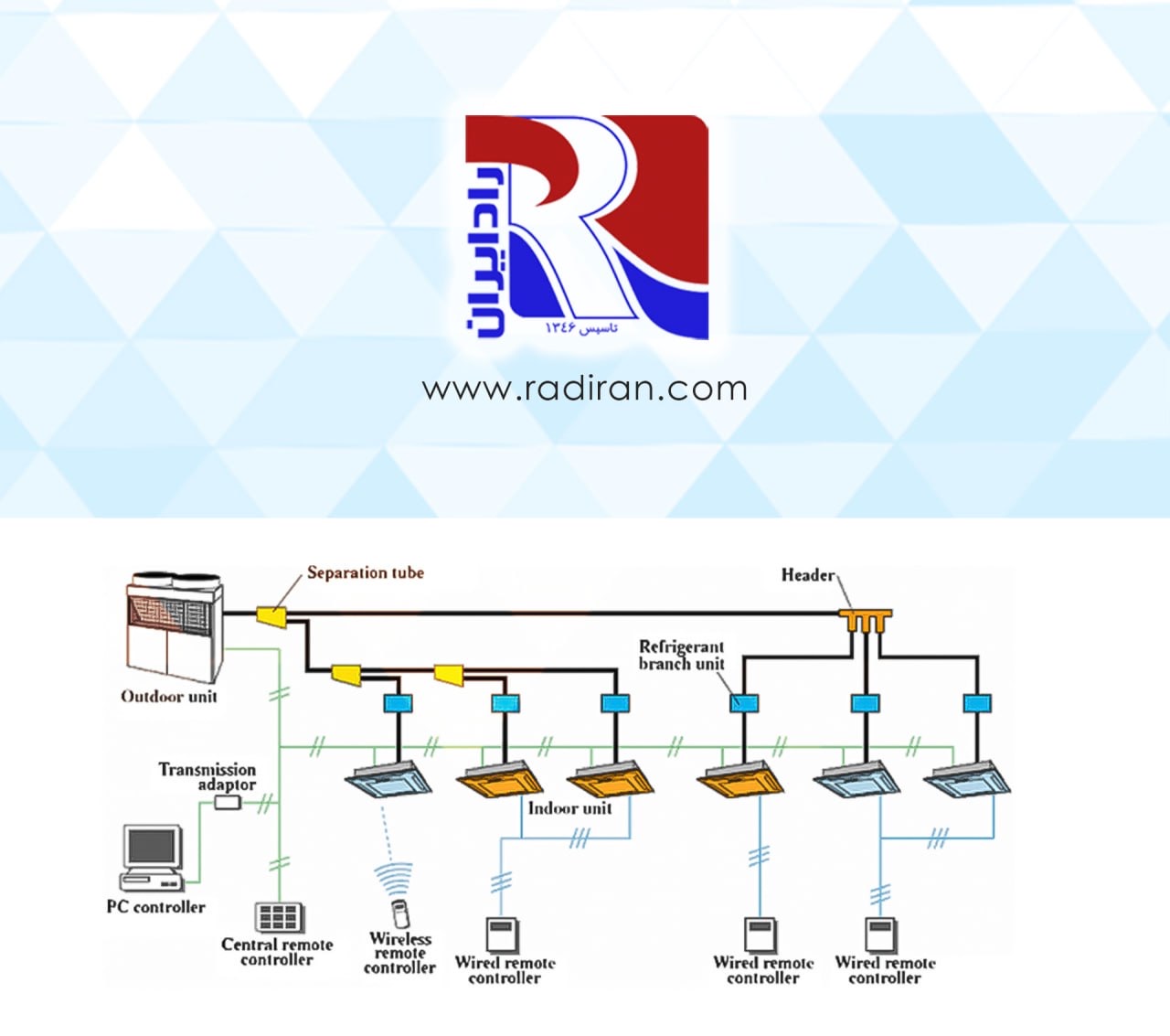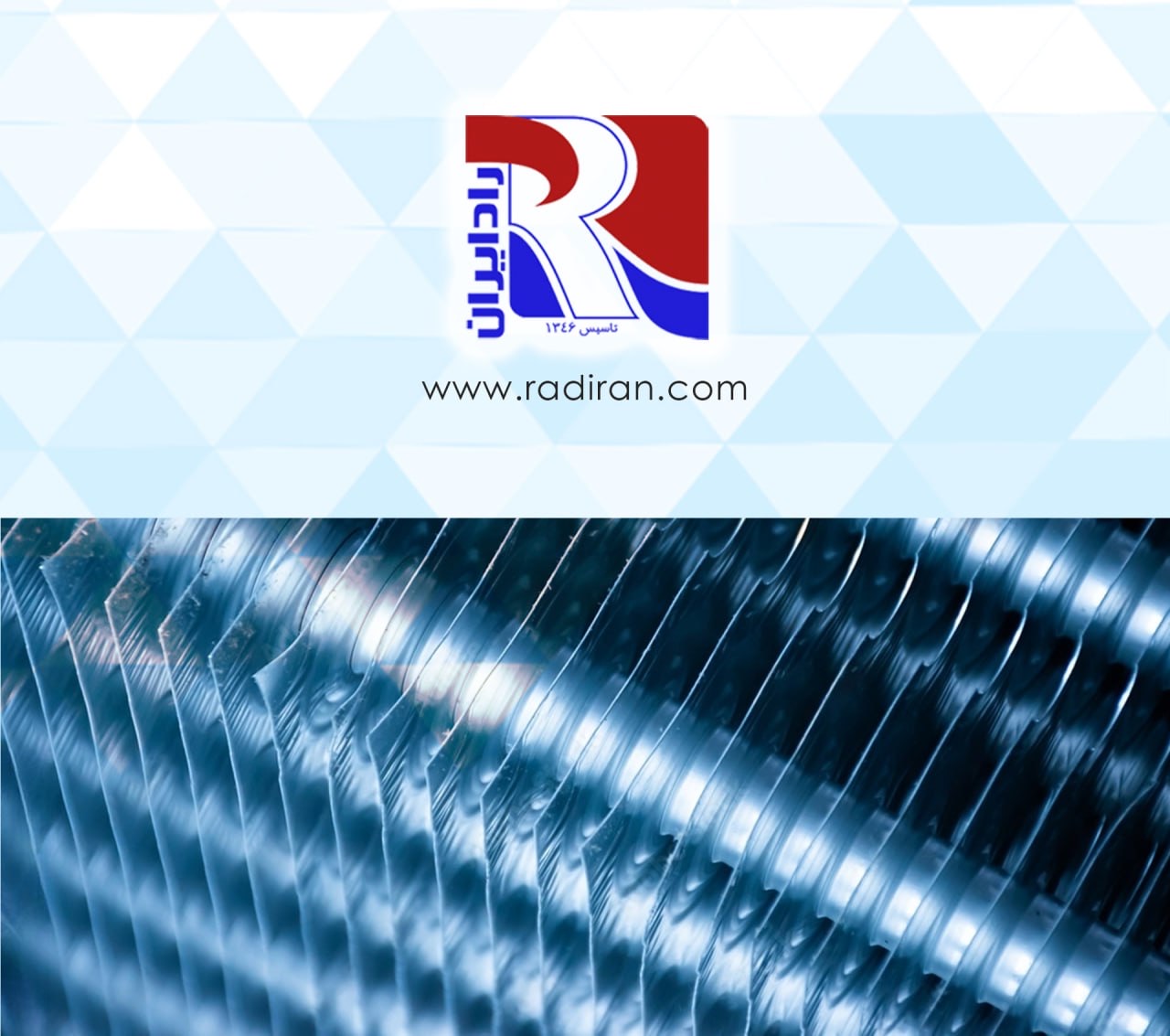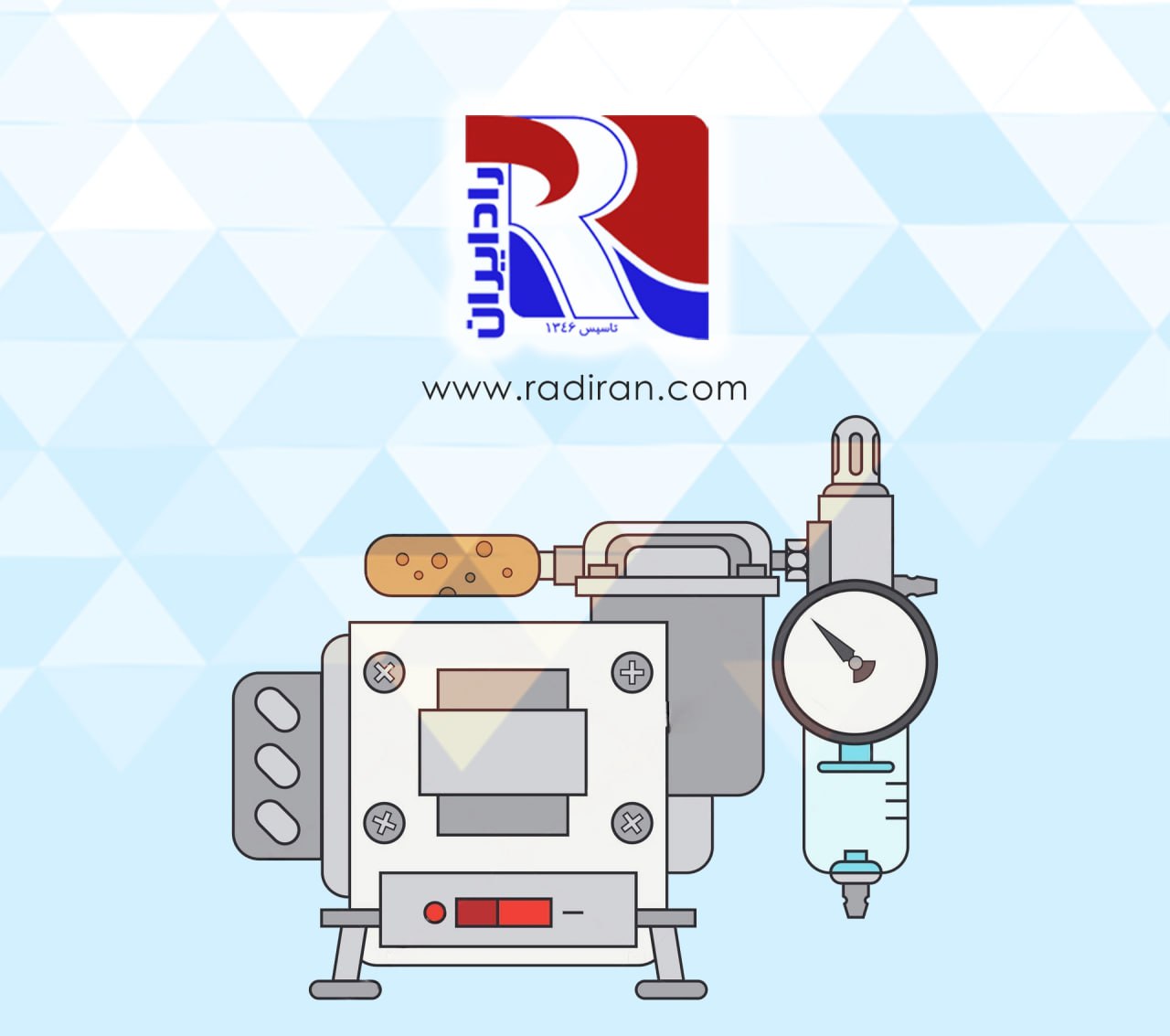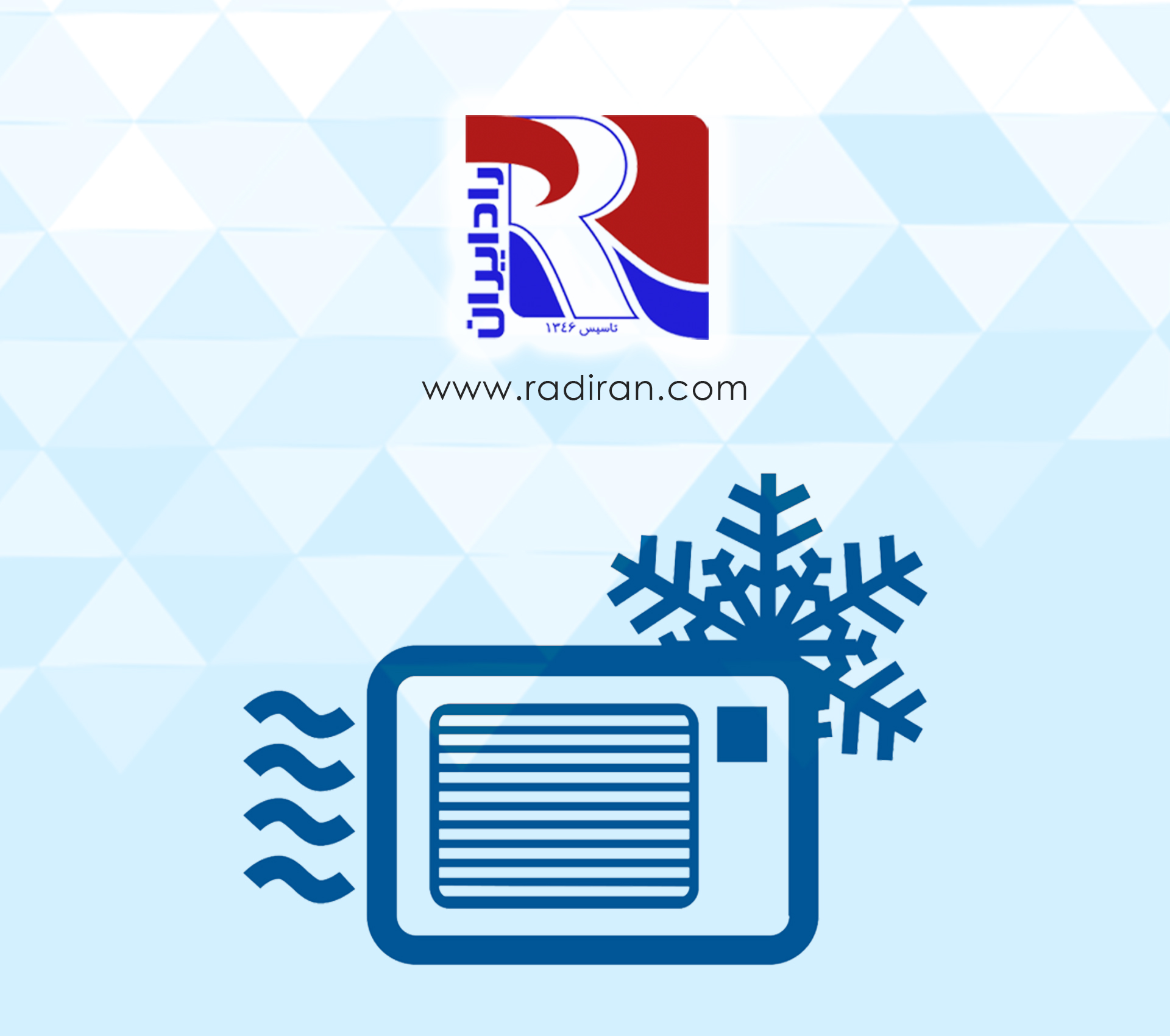Pressure test in heat exchangers
Pressure Testing of Fin Tube and Shell and Tube Coils: Standards and Procedures Pressure testing is a very important quality control step in the manufacturing and maintenance of condensers and evaporators, whether they use fin tube coils or shell and tube coils. These components play a crucial role in heat exchange processes in HVAC systems and industrial applications, ensuring efficient thermal transfer. Proper pressure testing according to standards is essential to verify their integrity and safety. Fin Tube Coils in Condensers...

